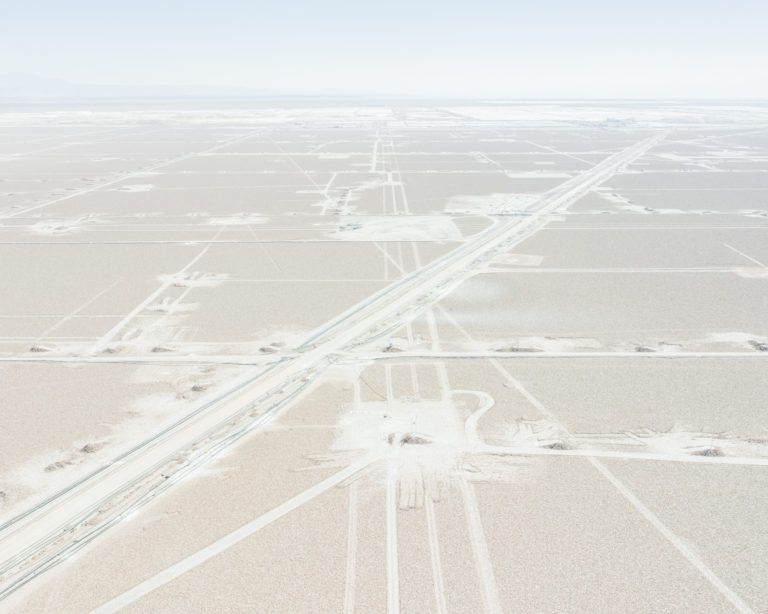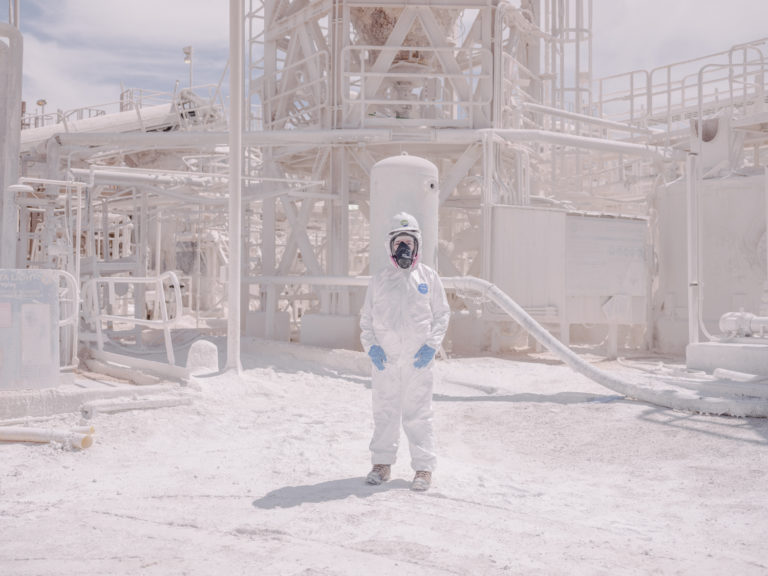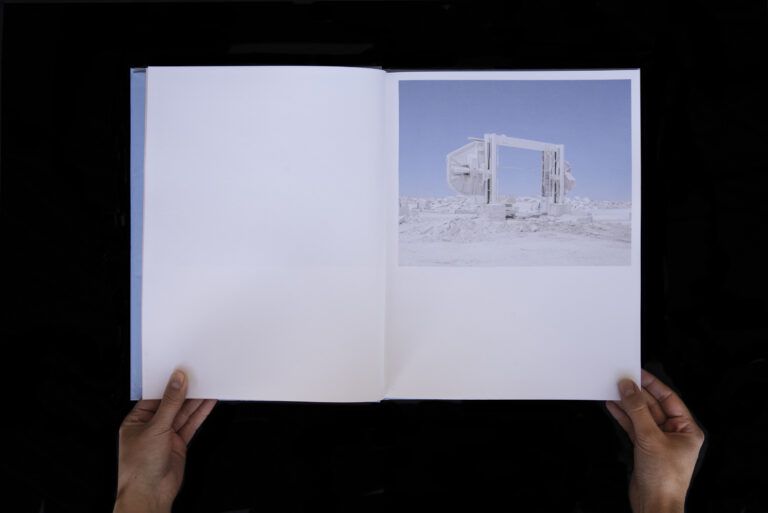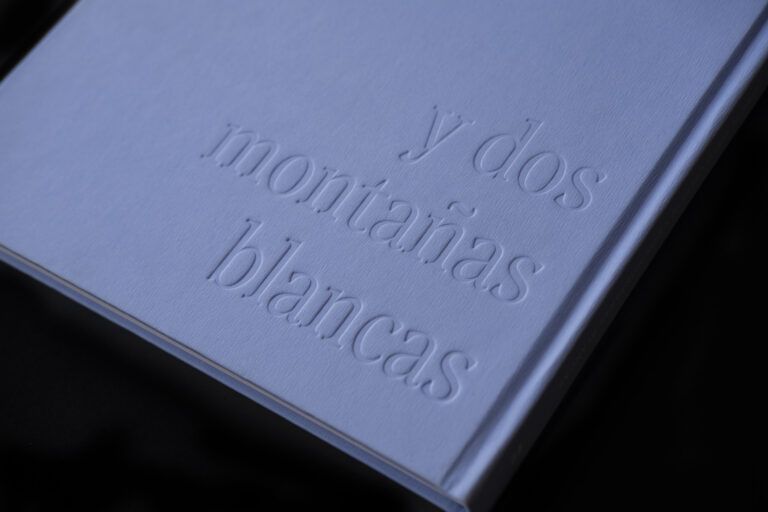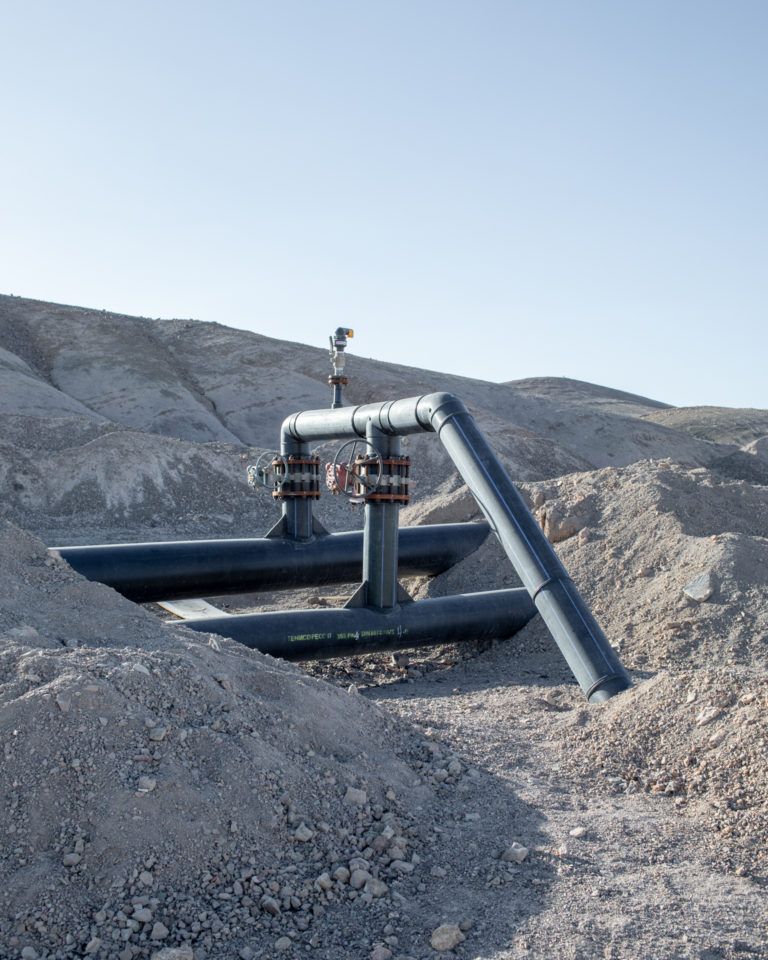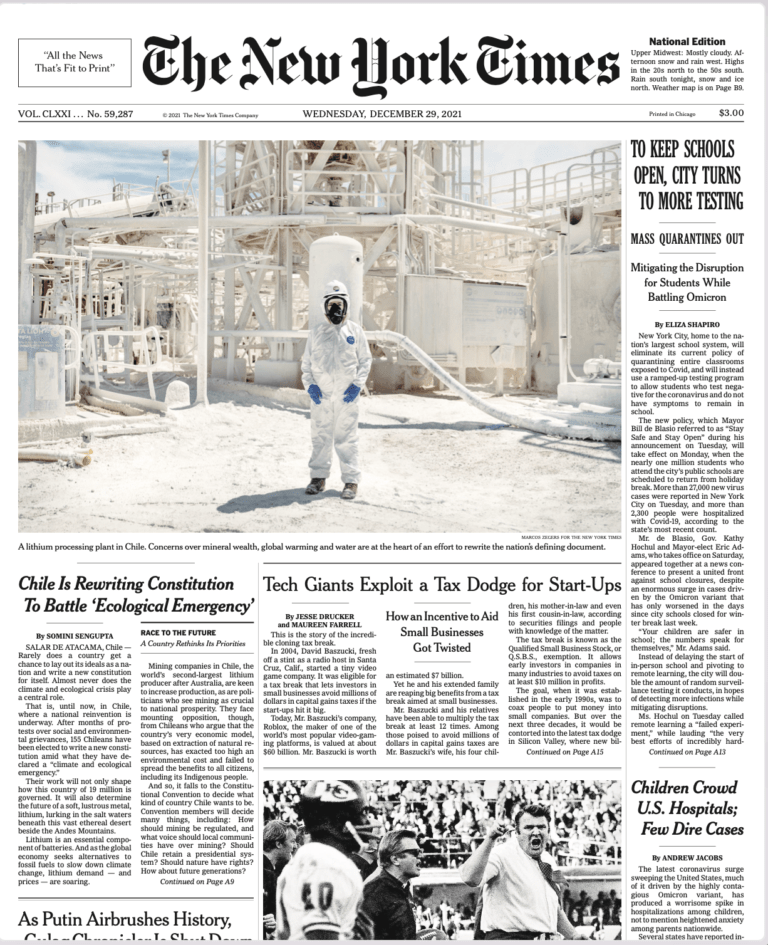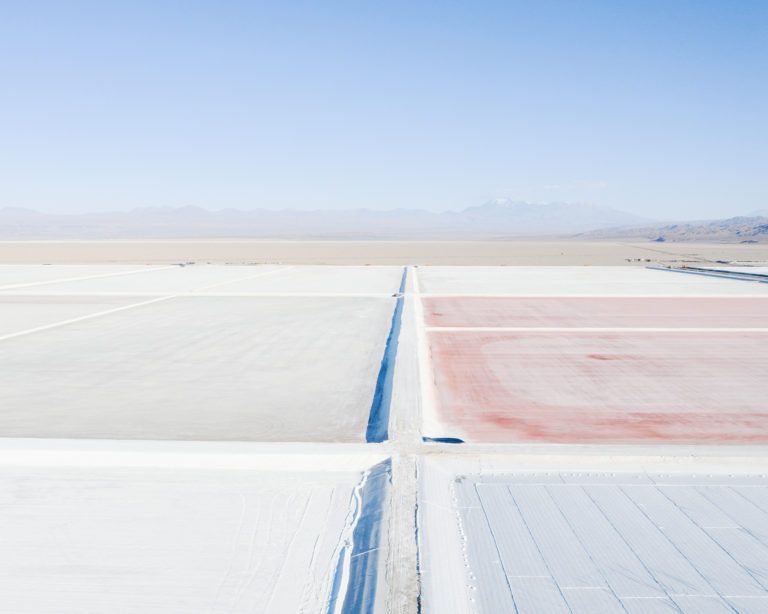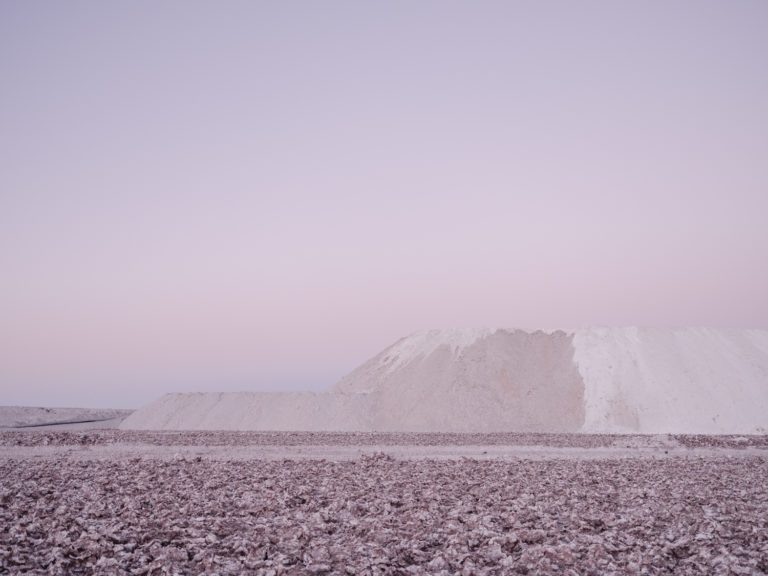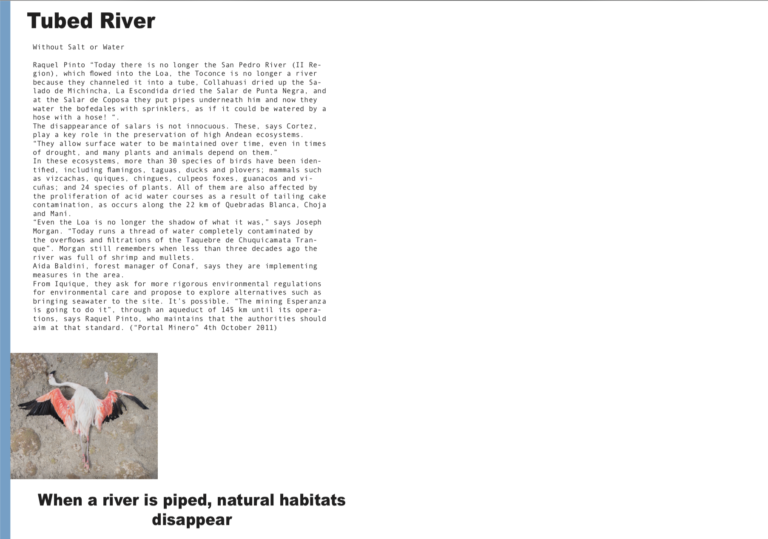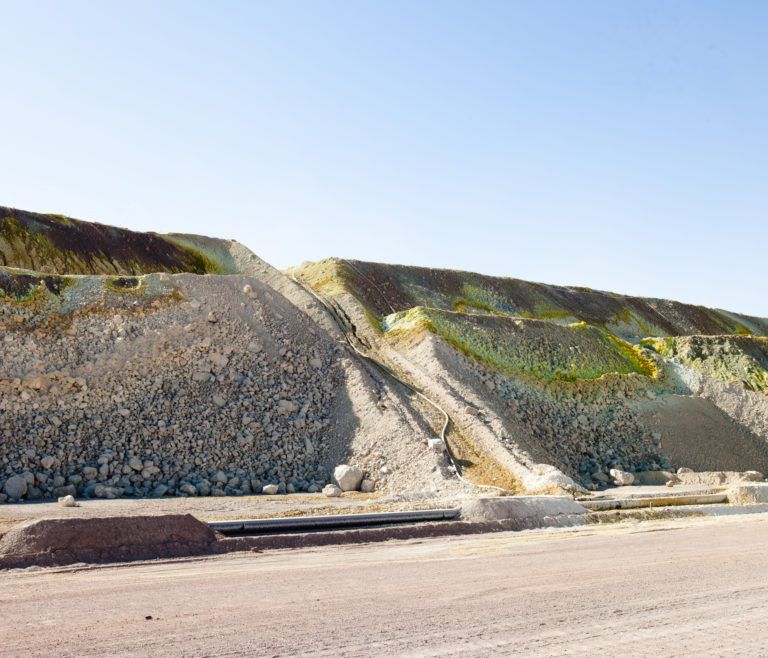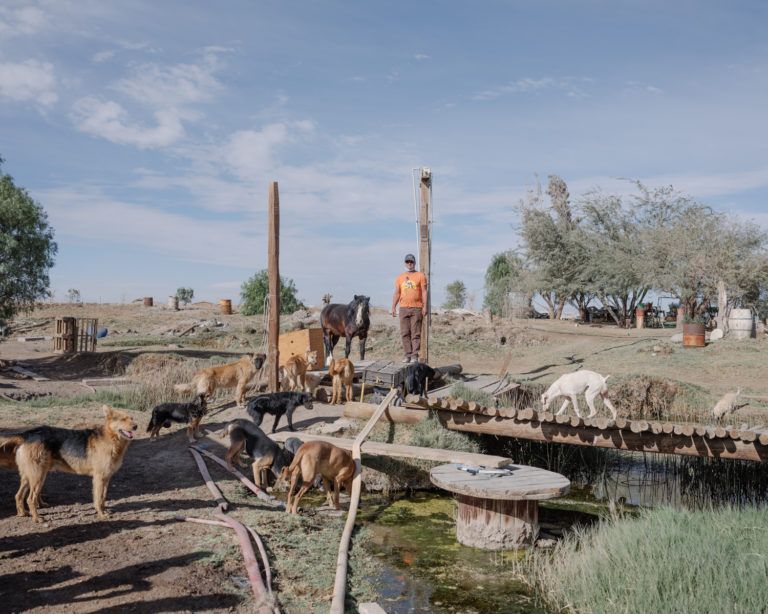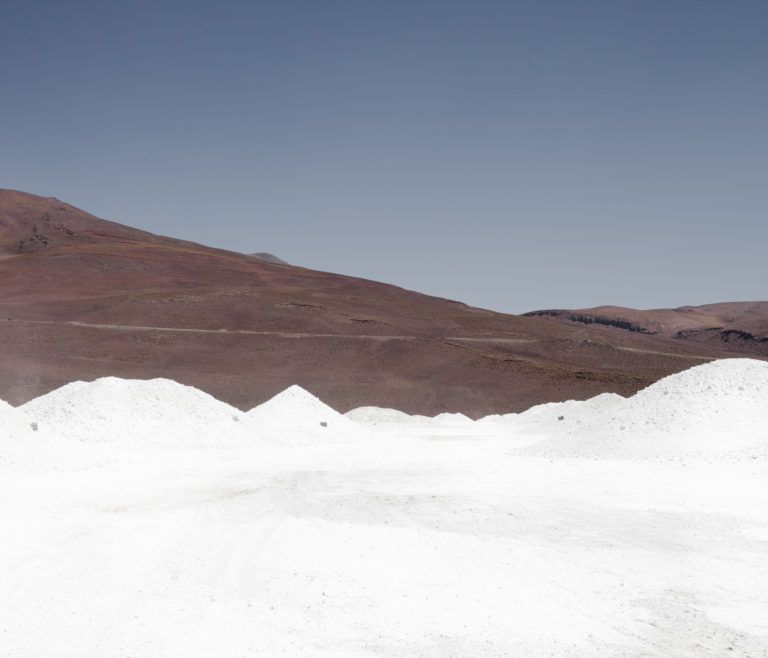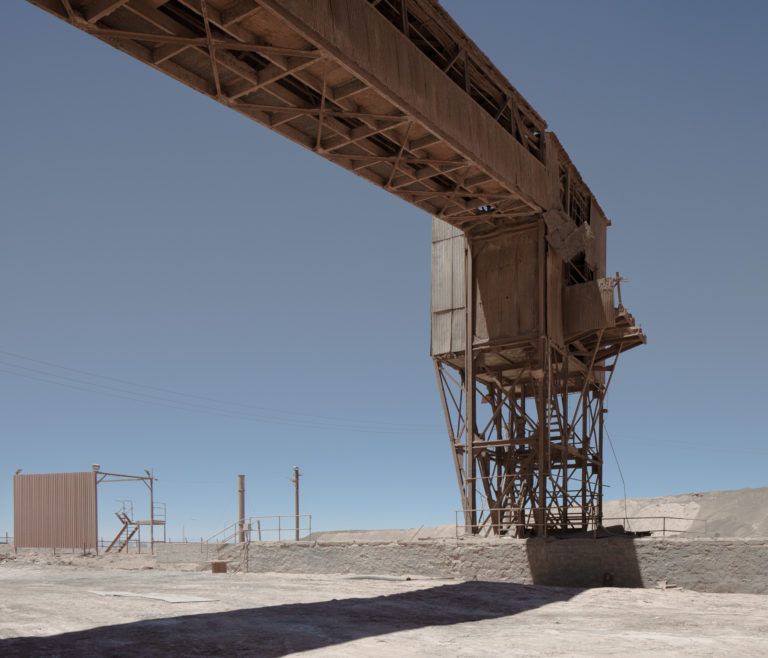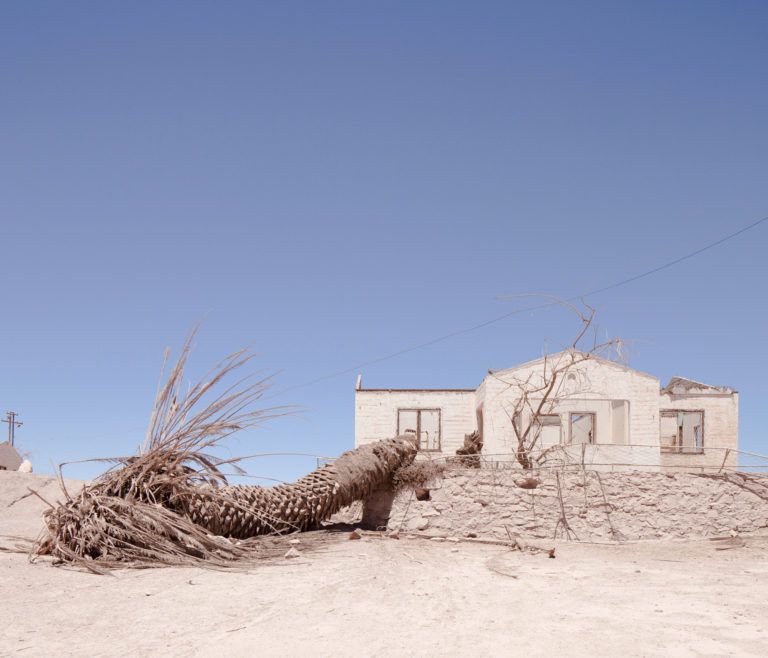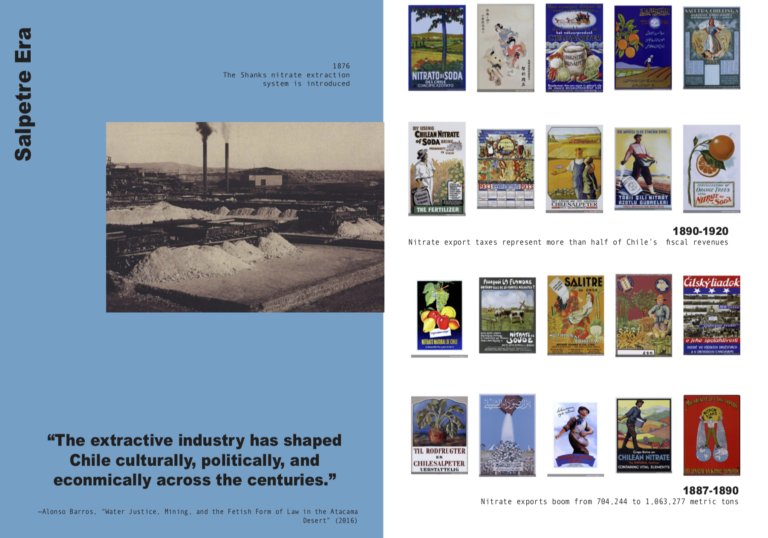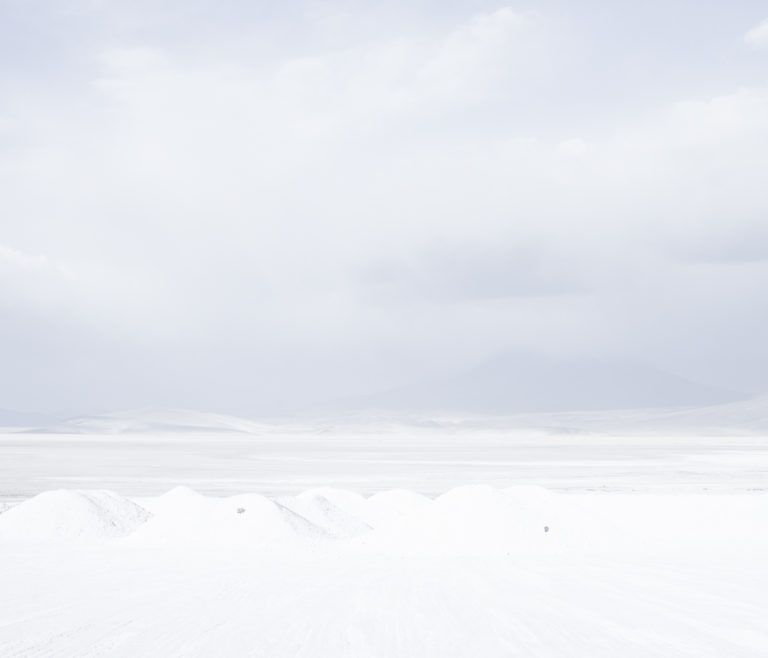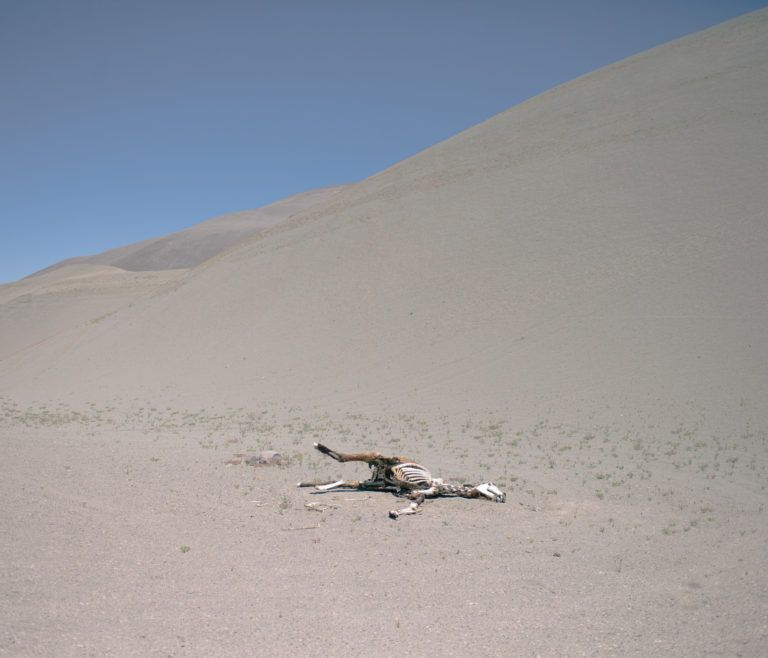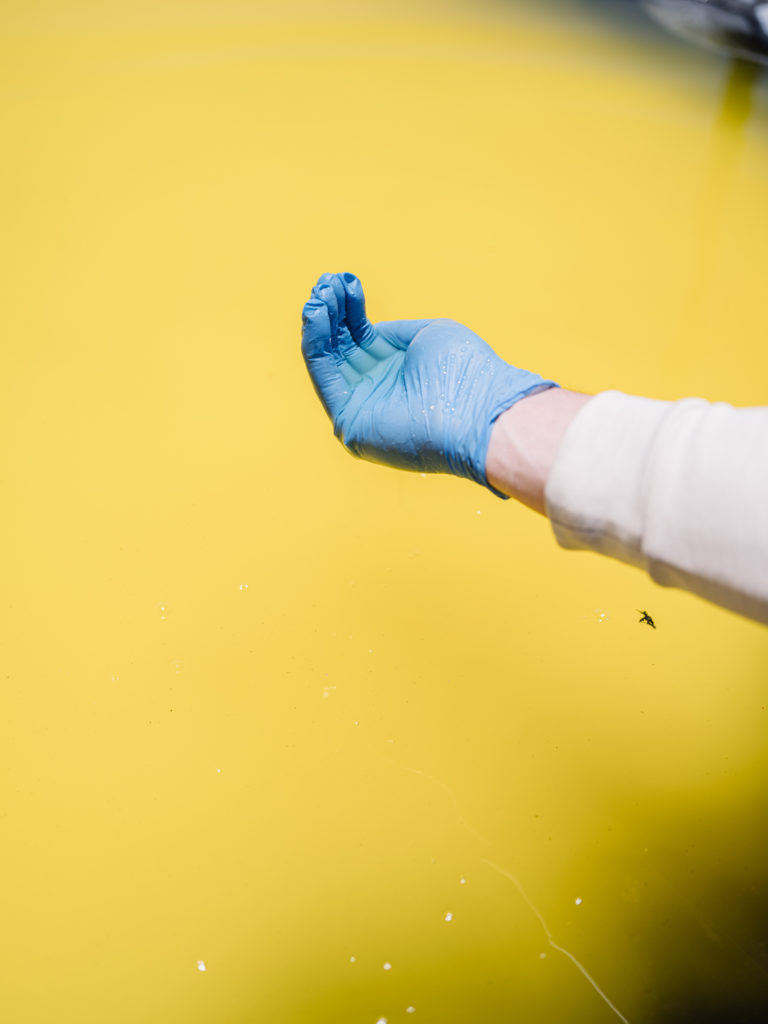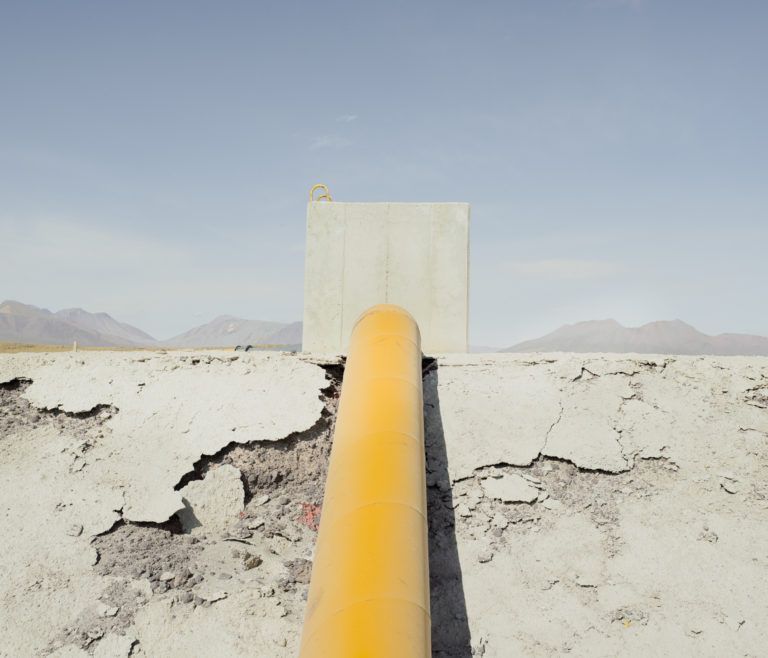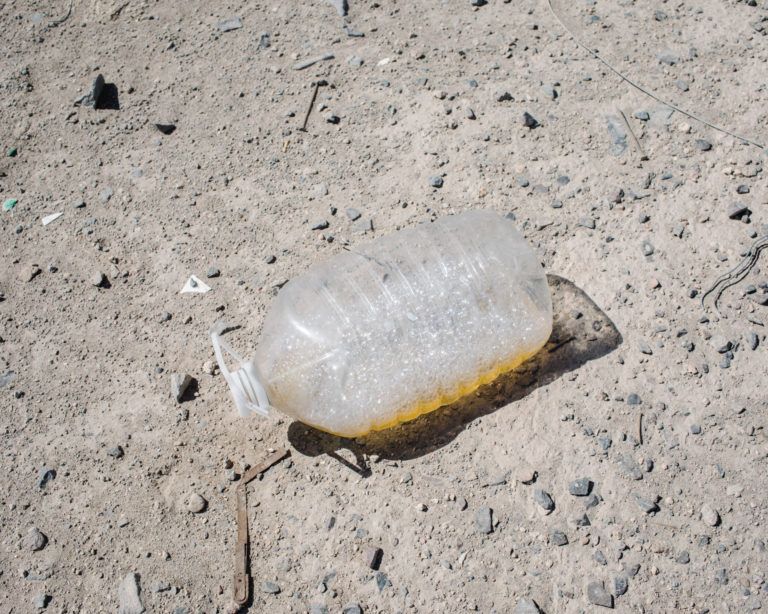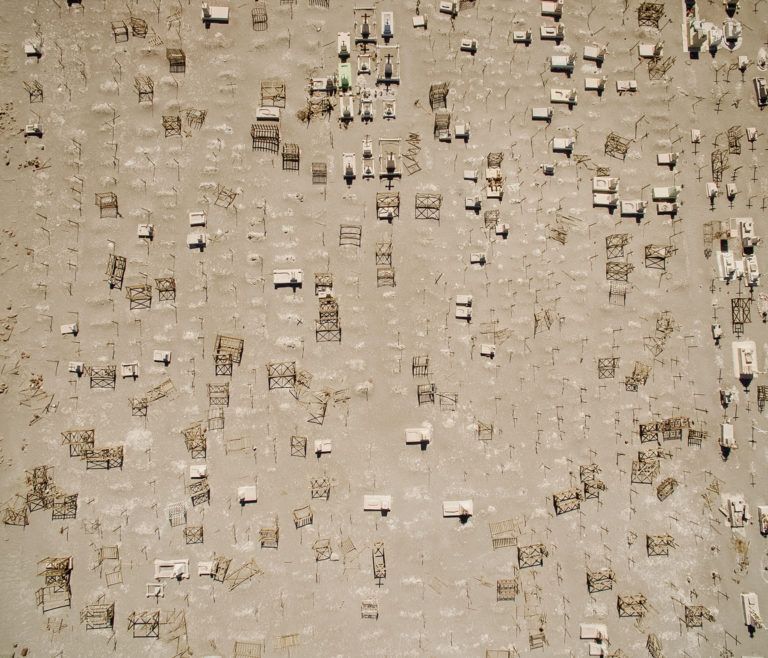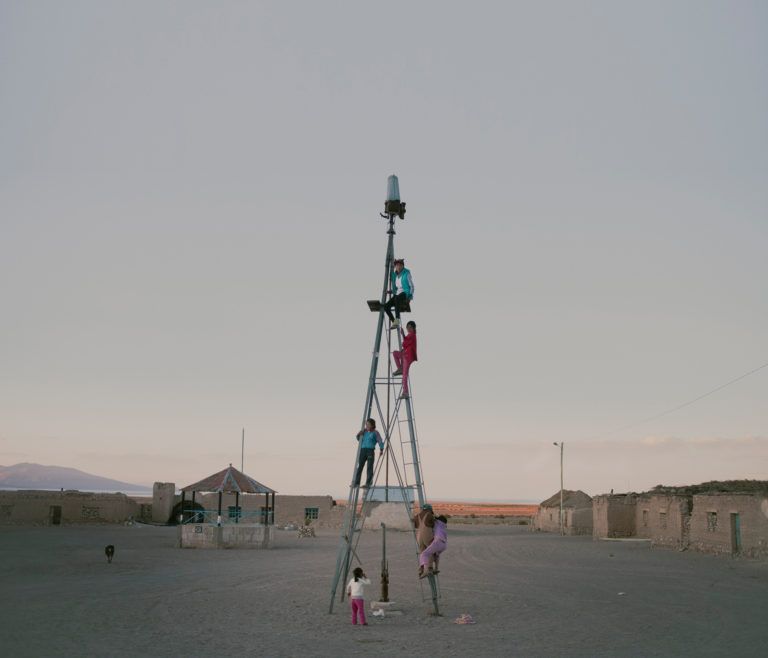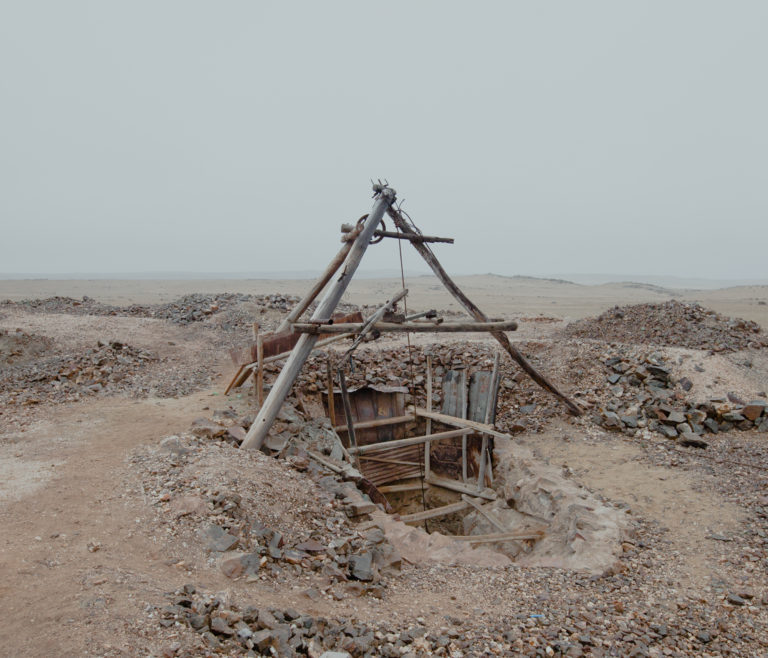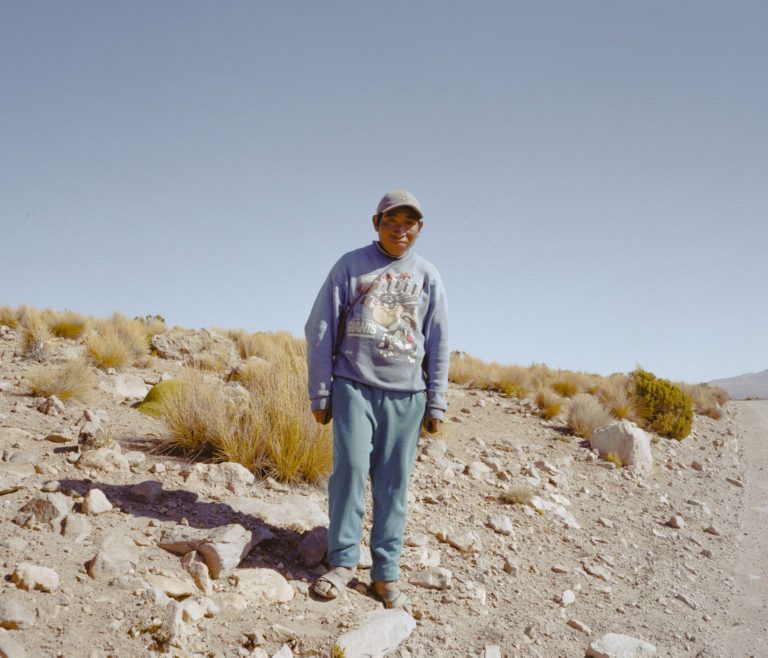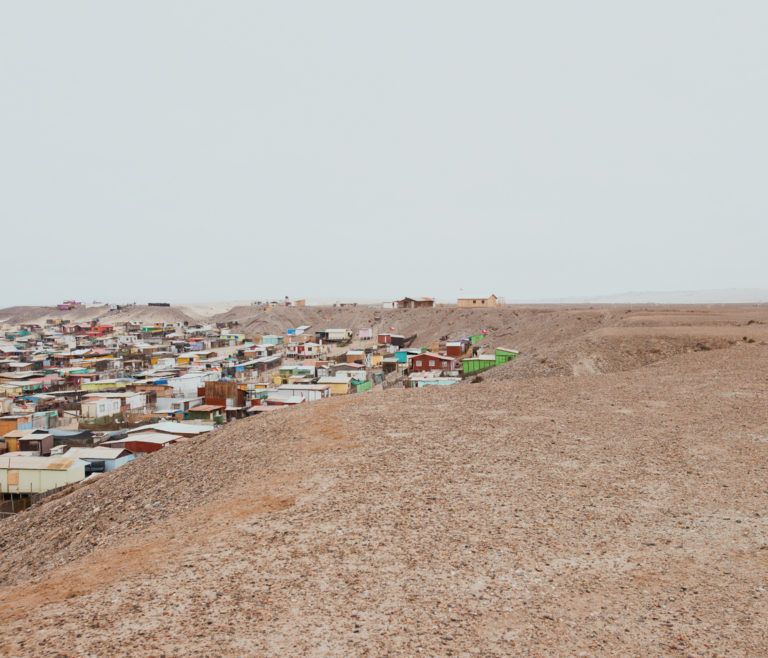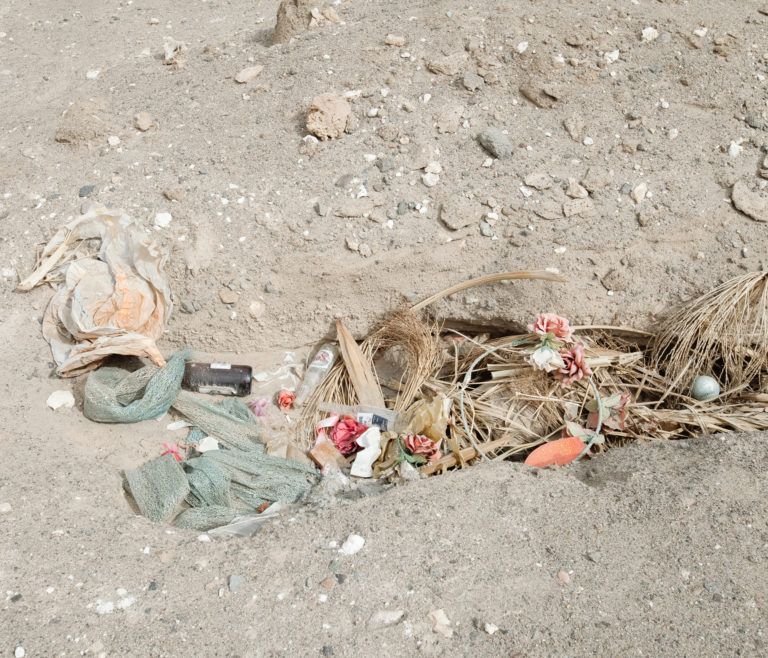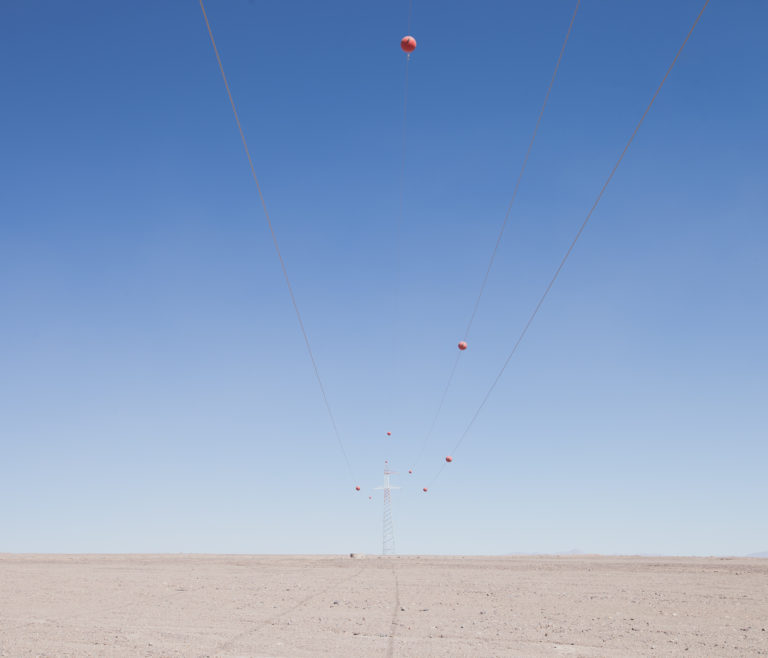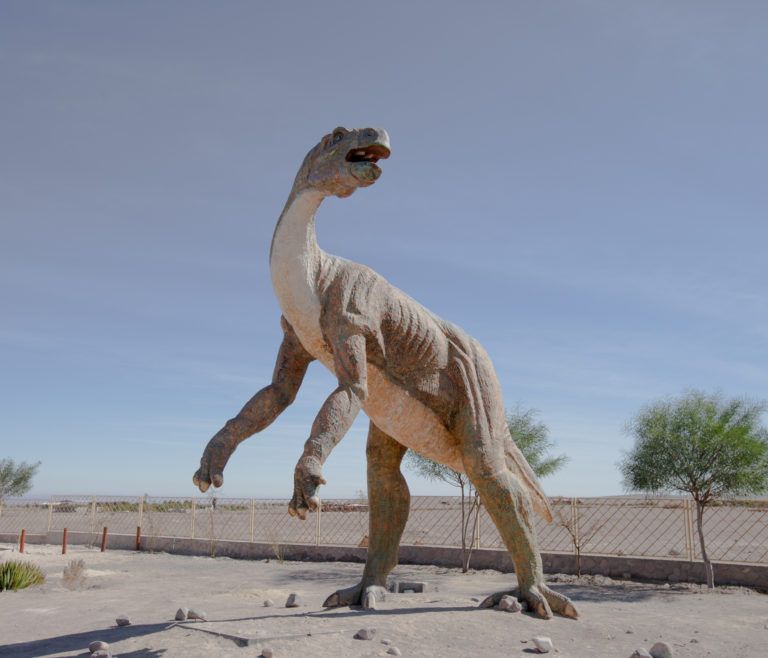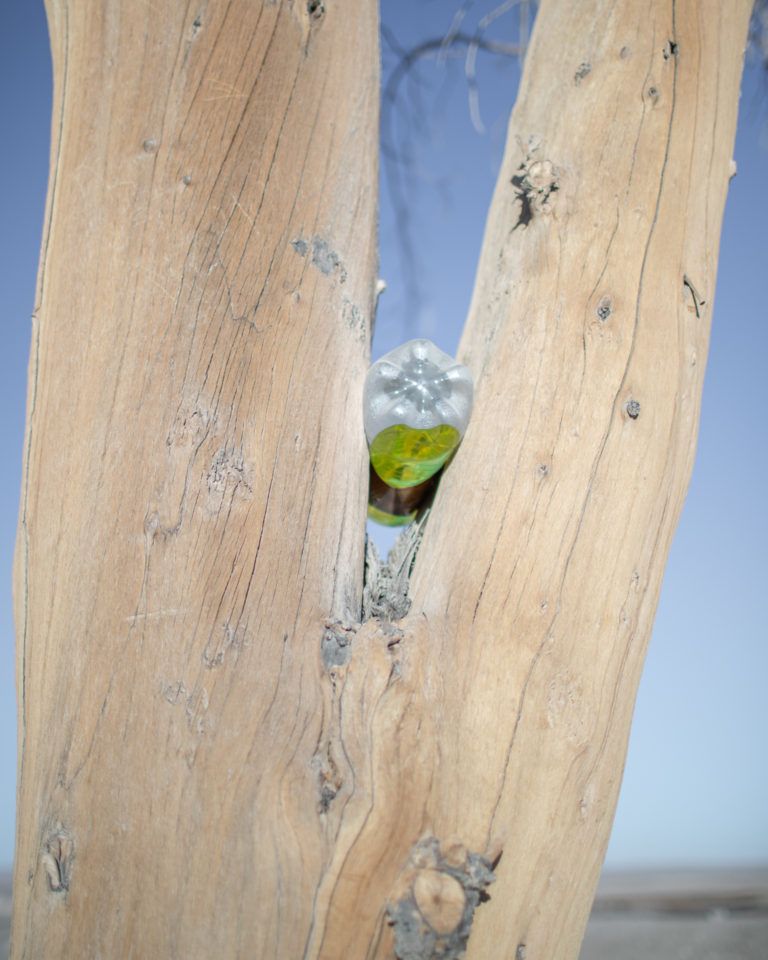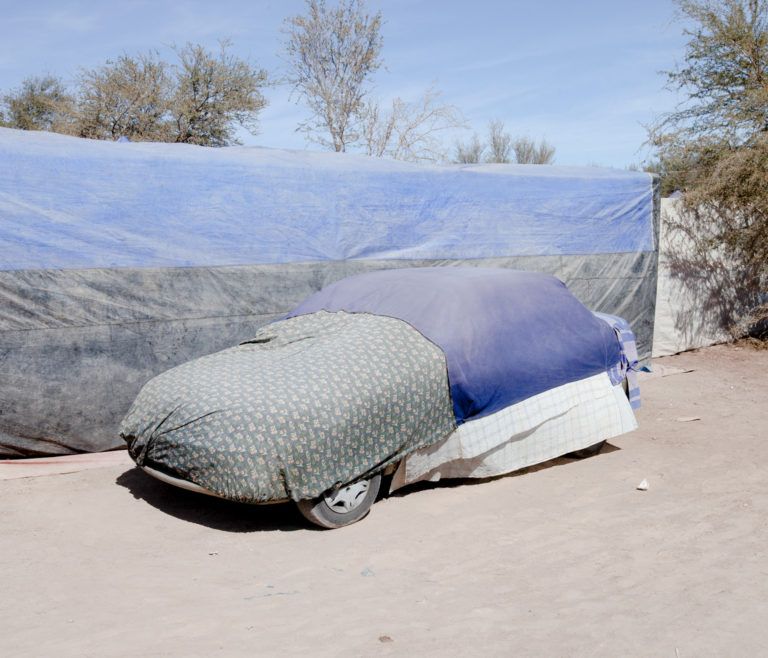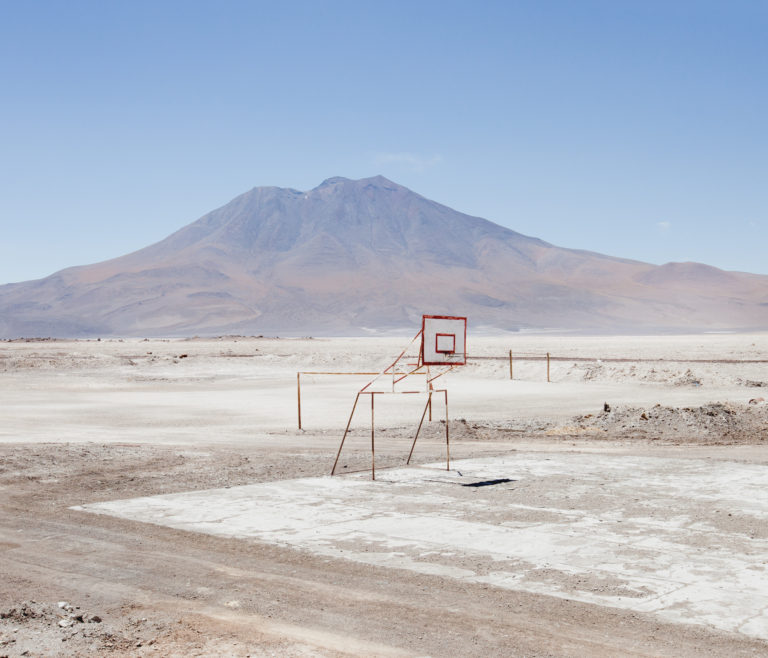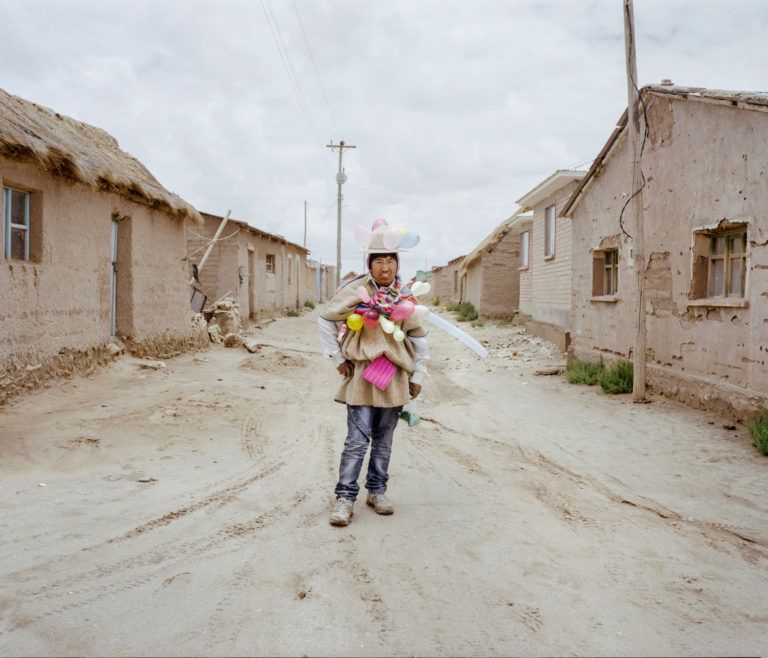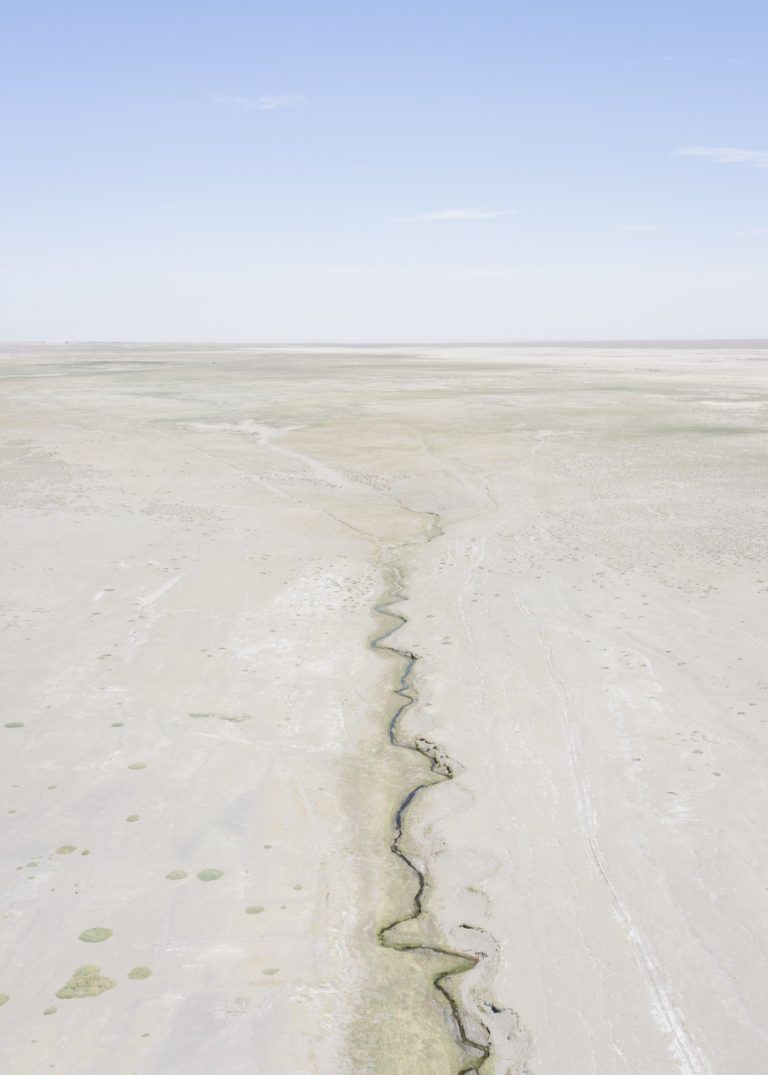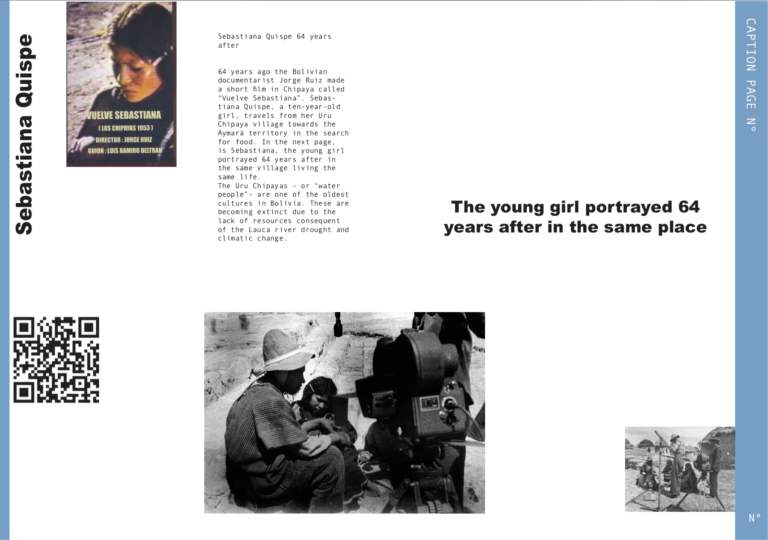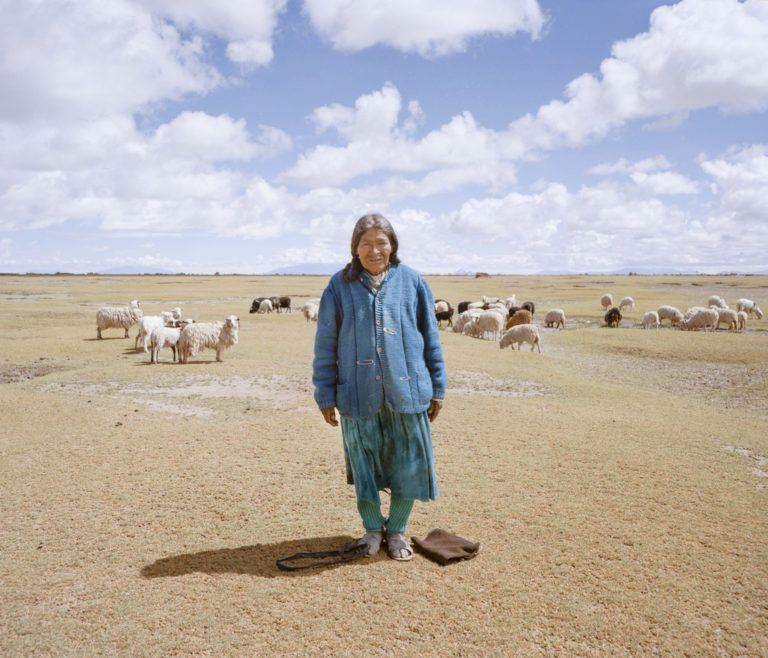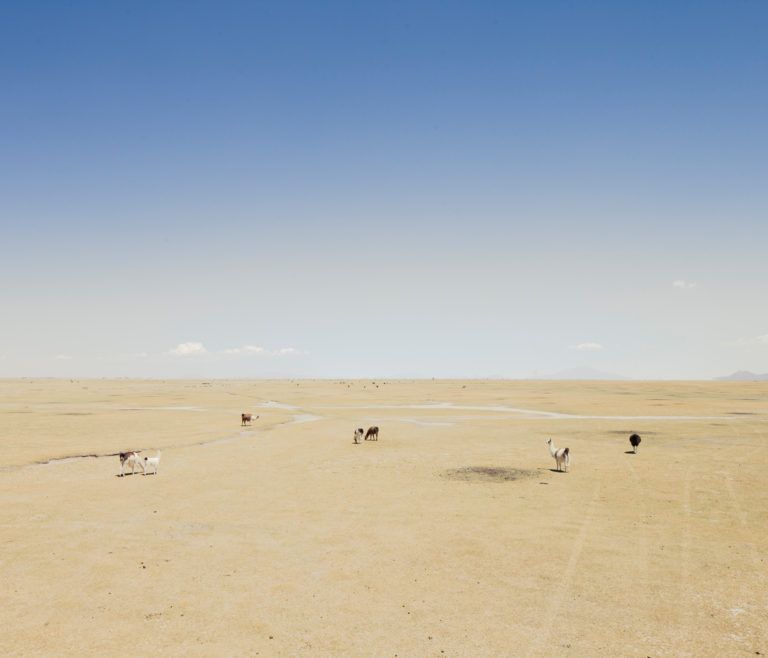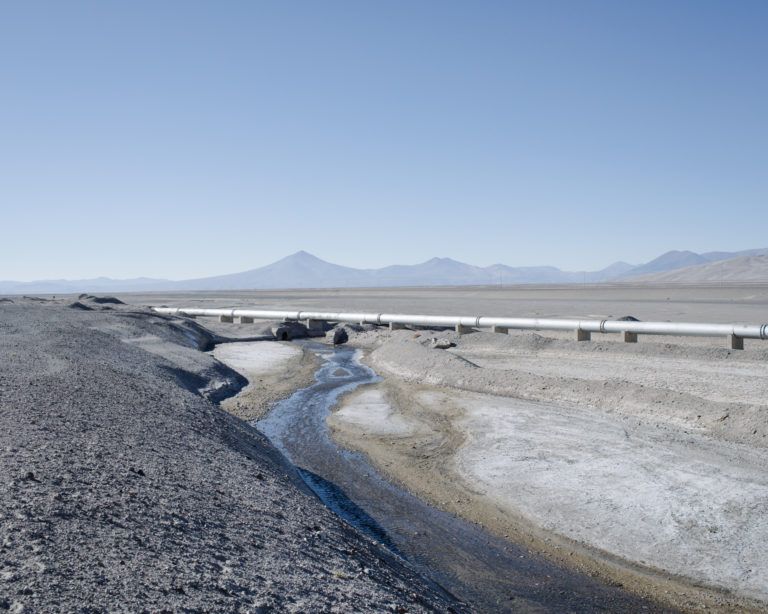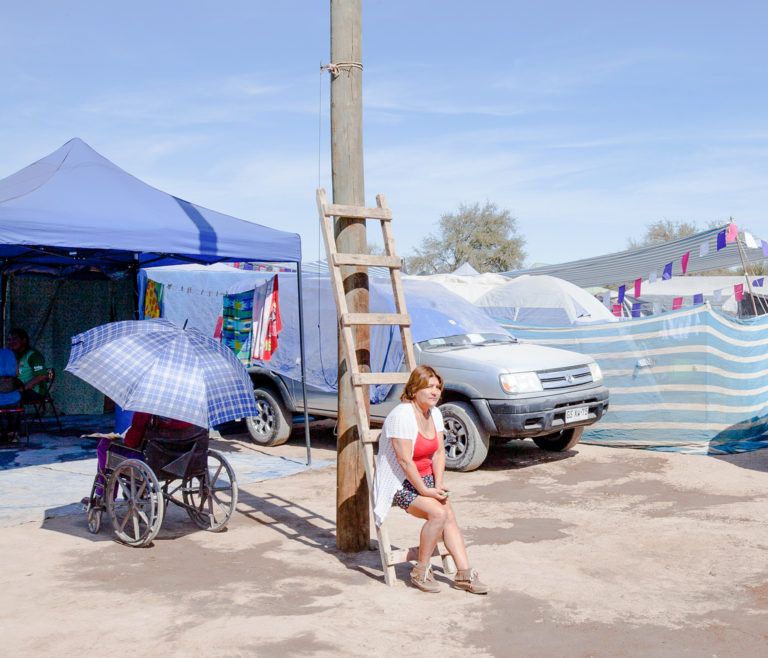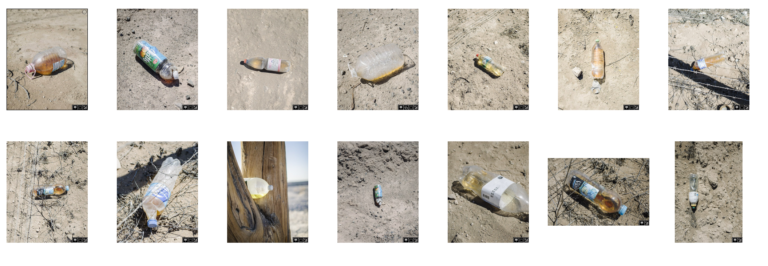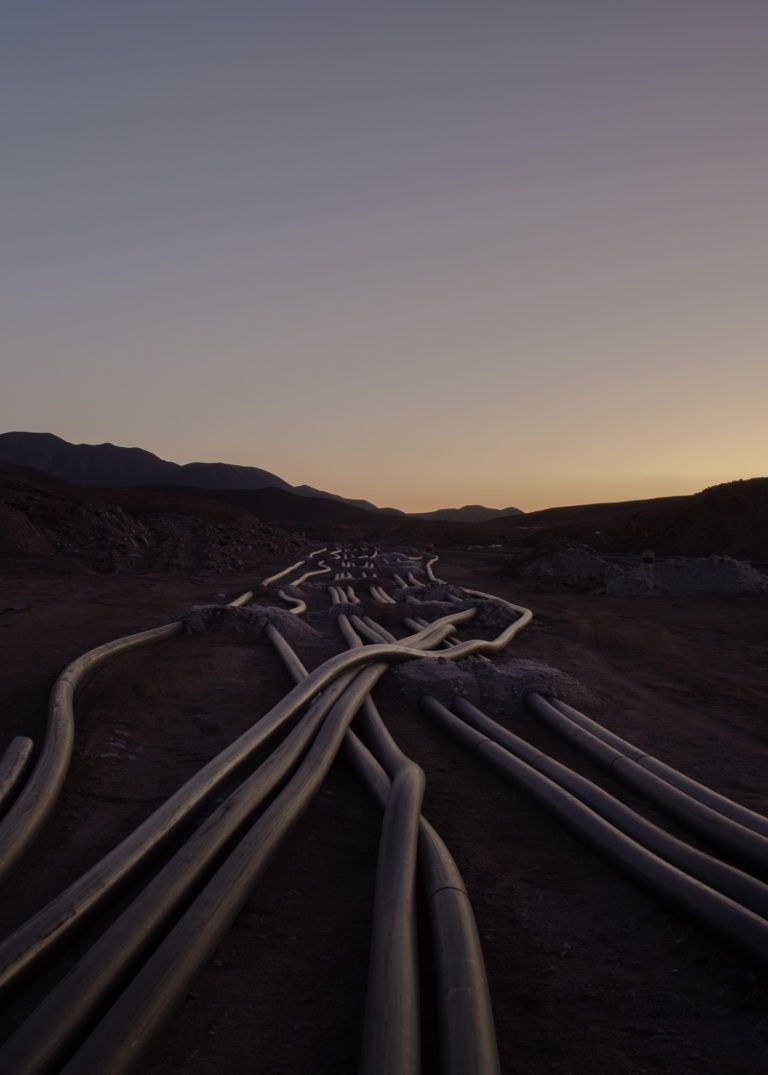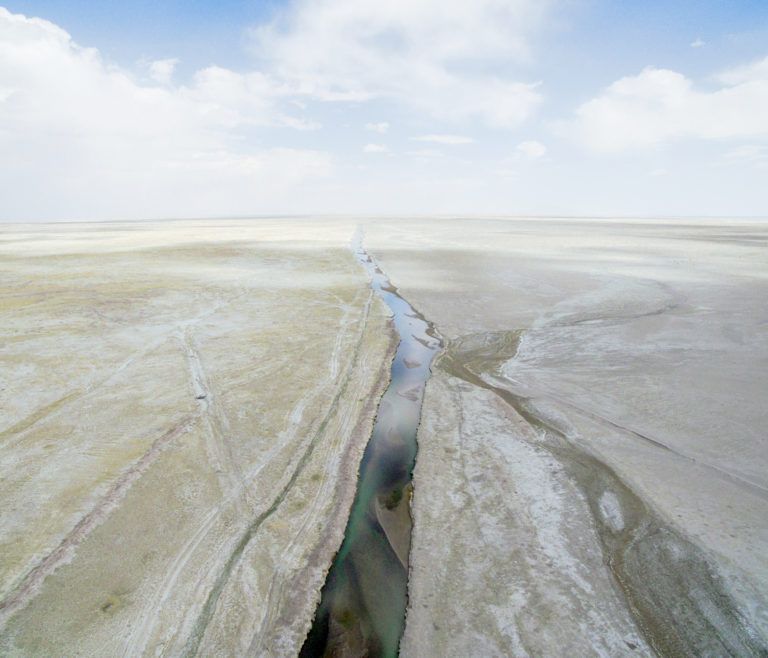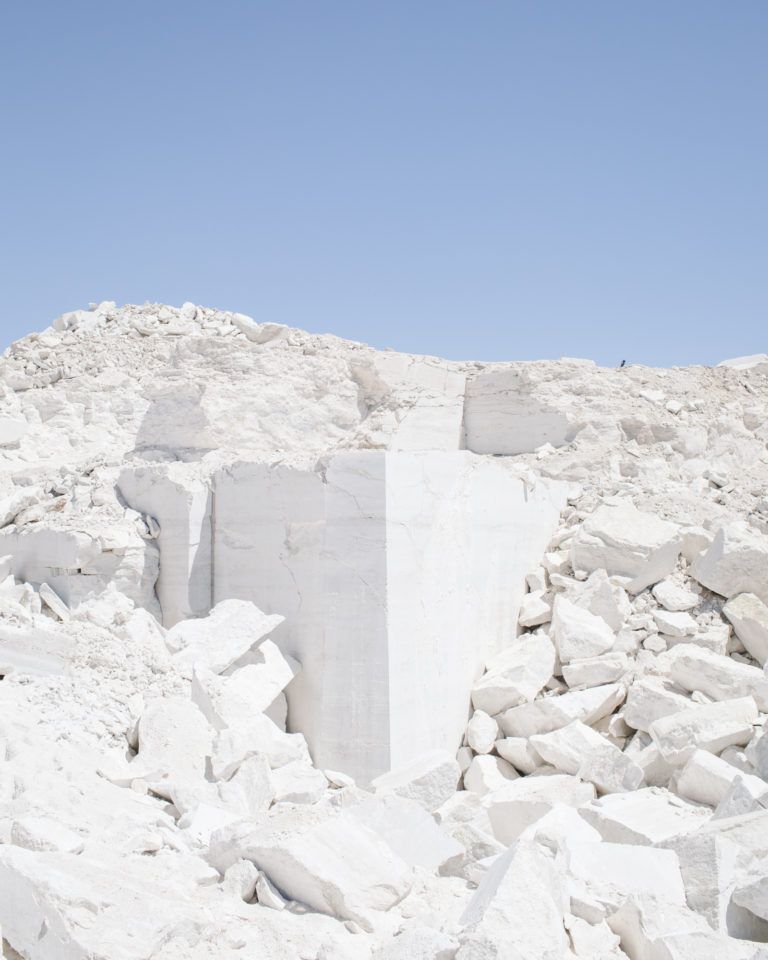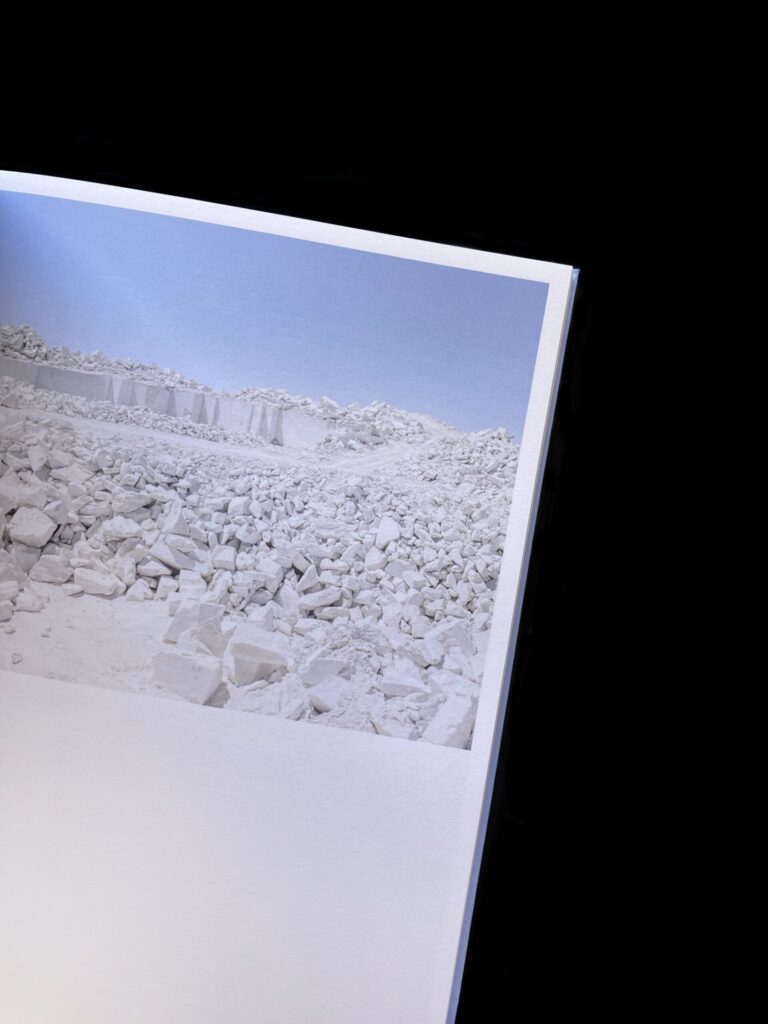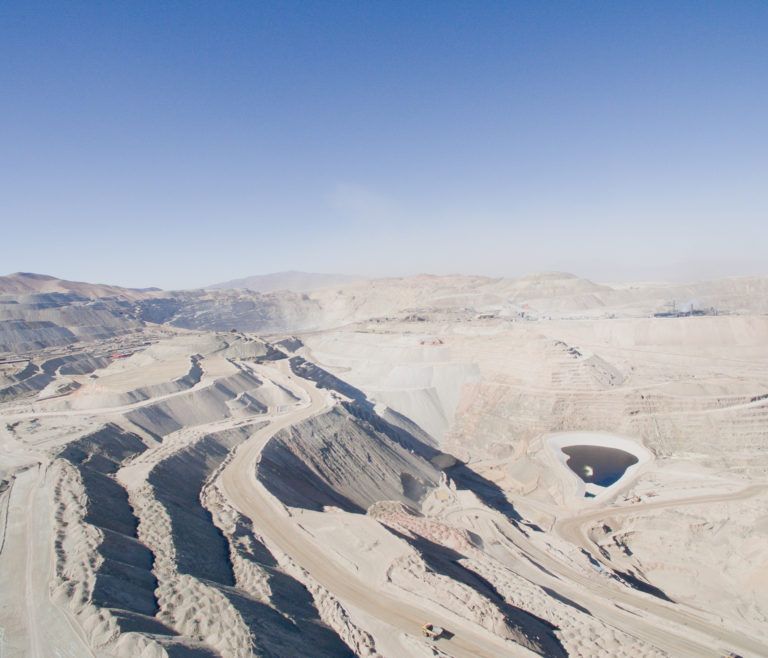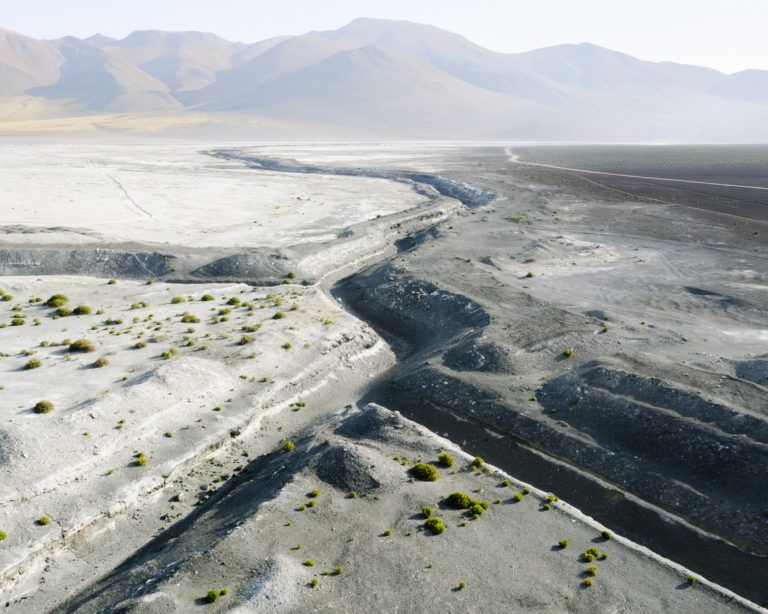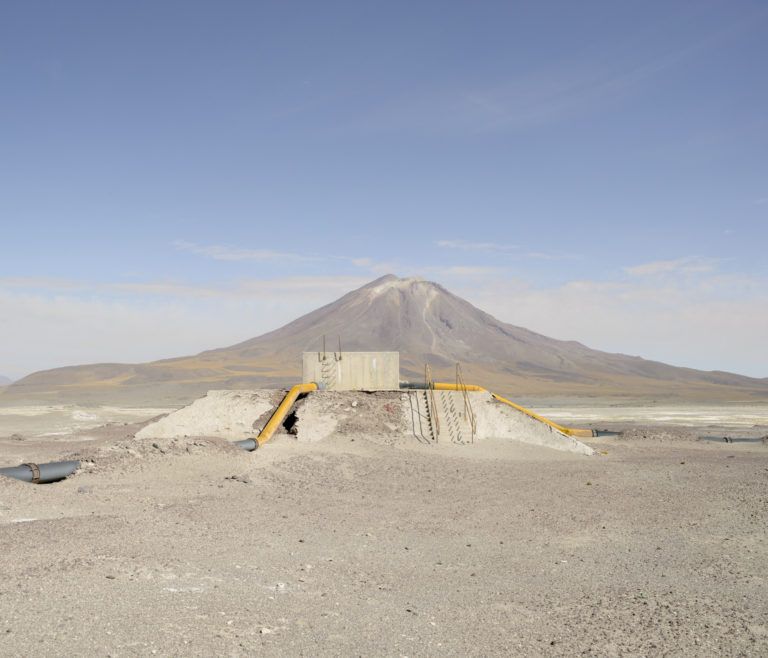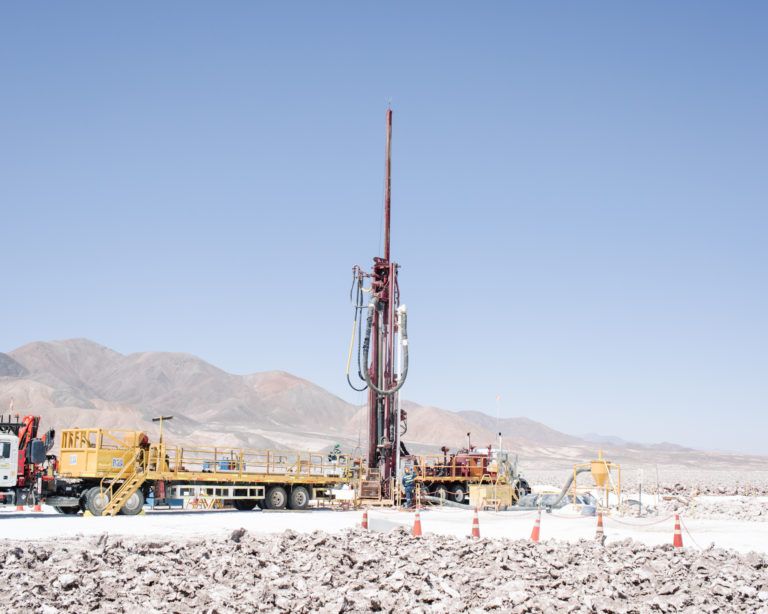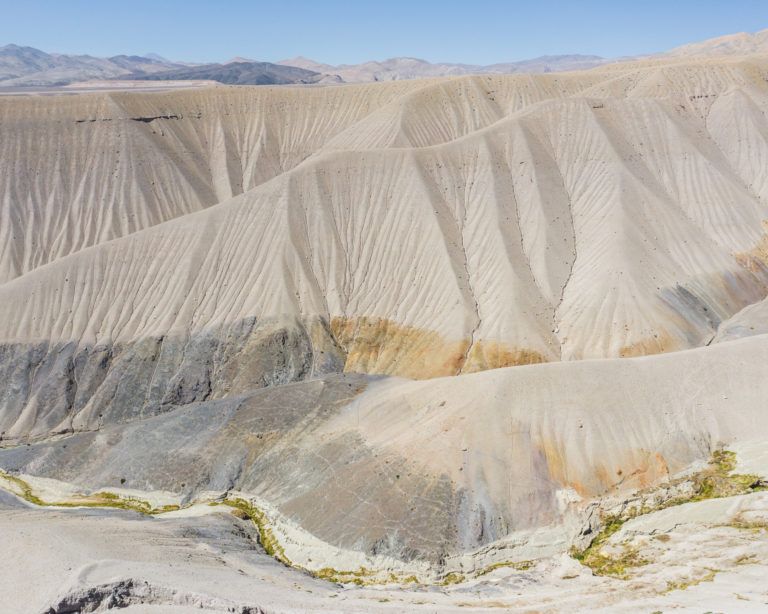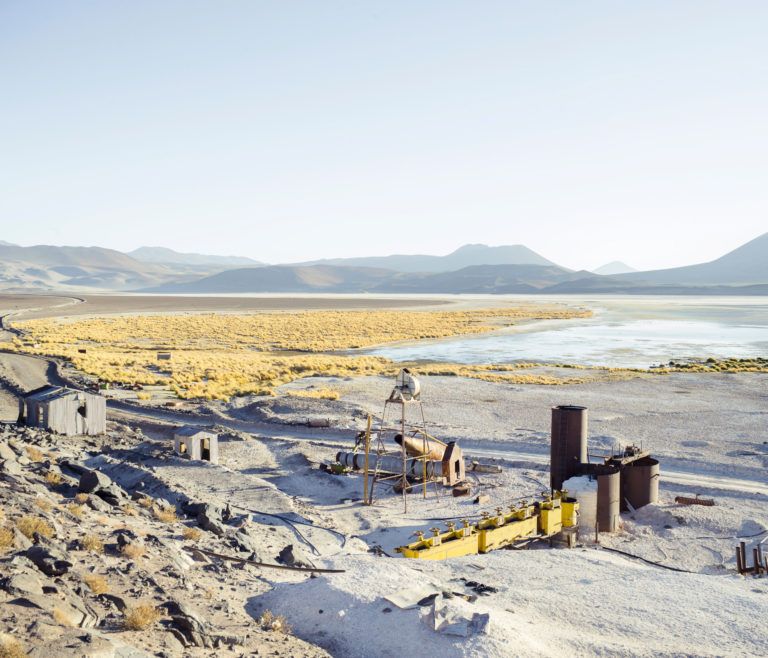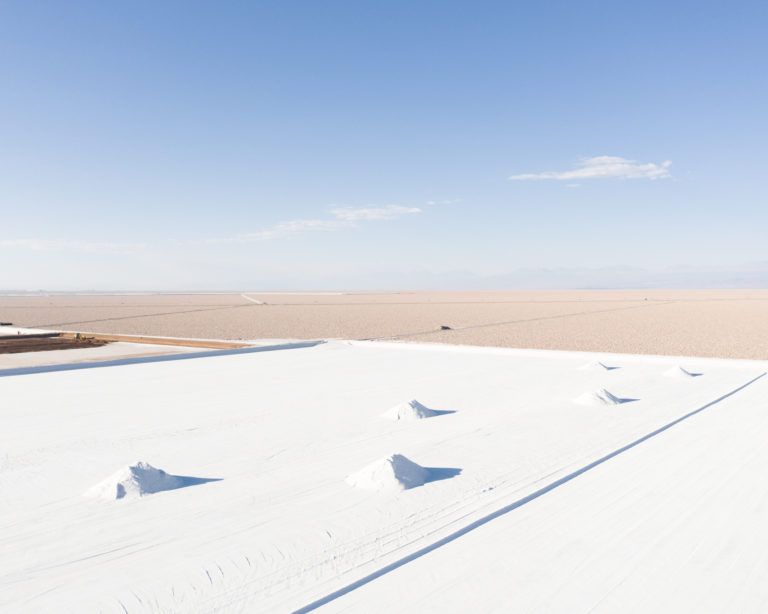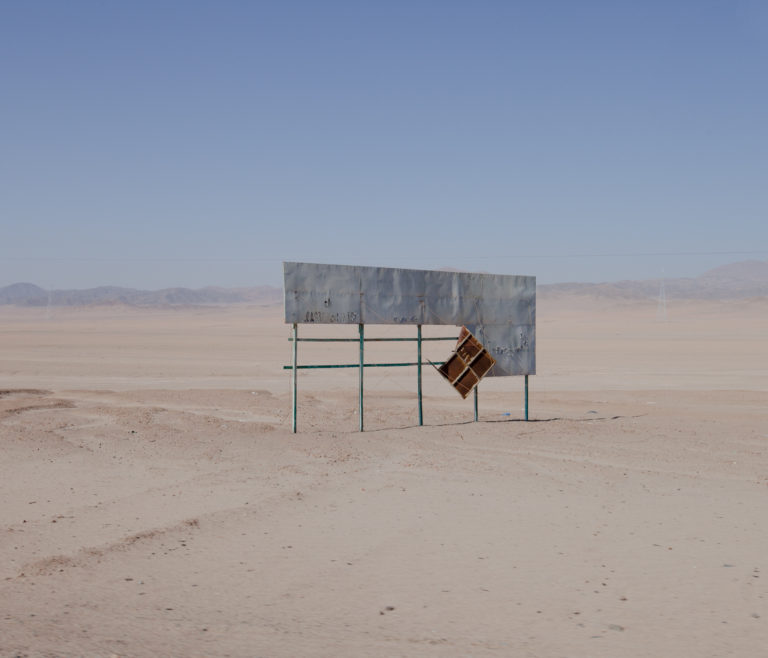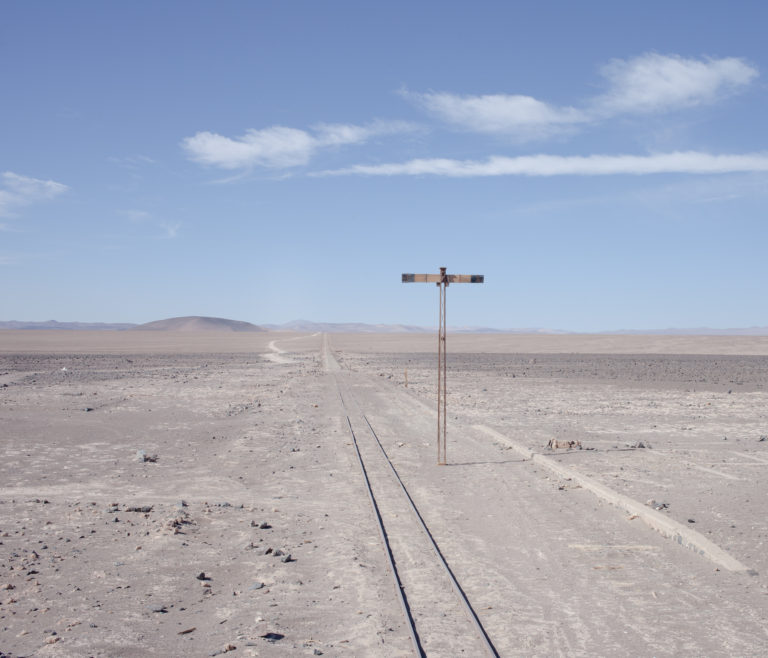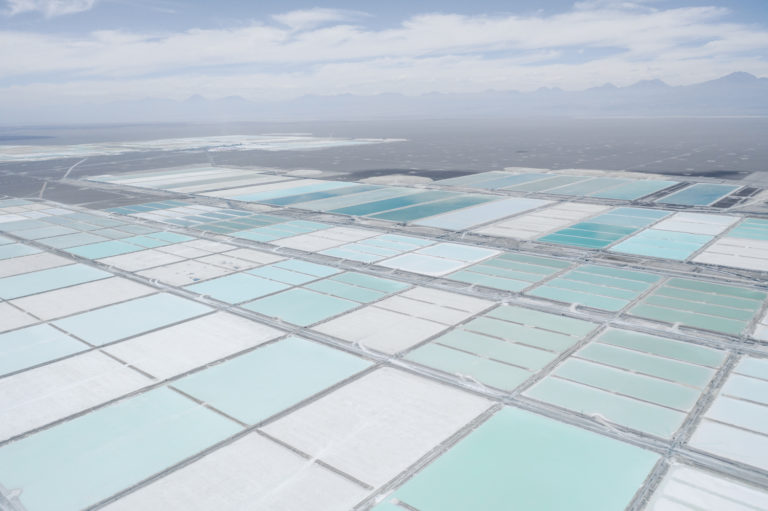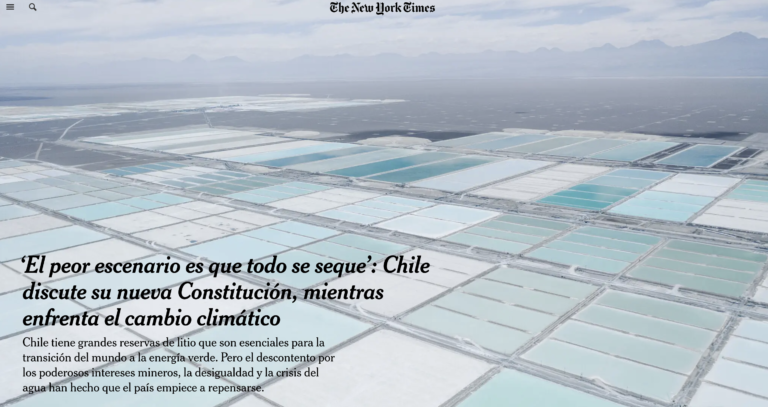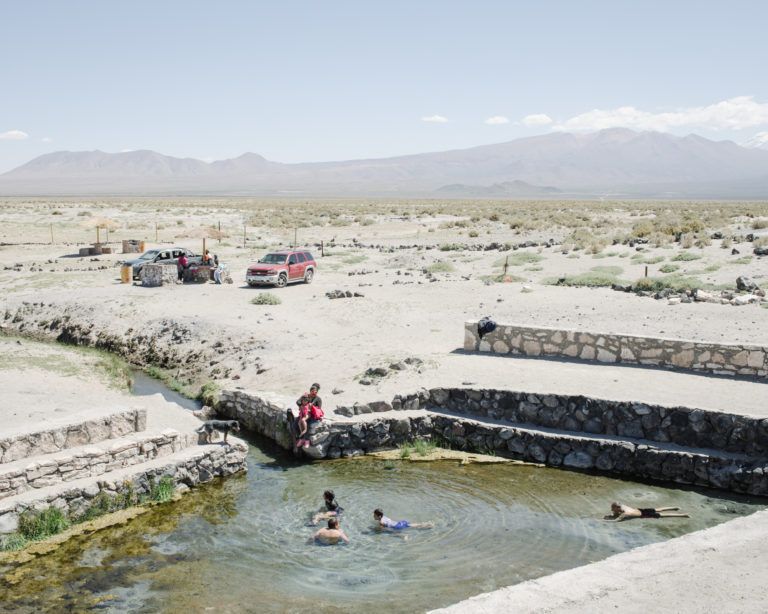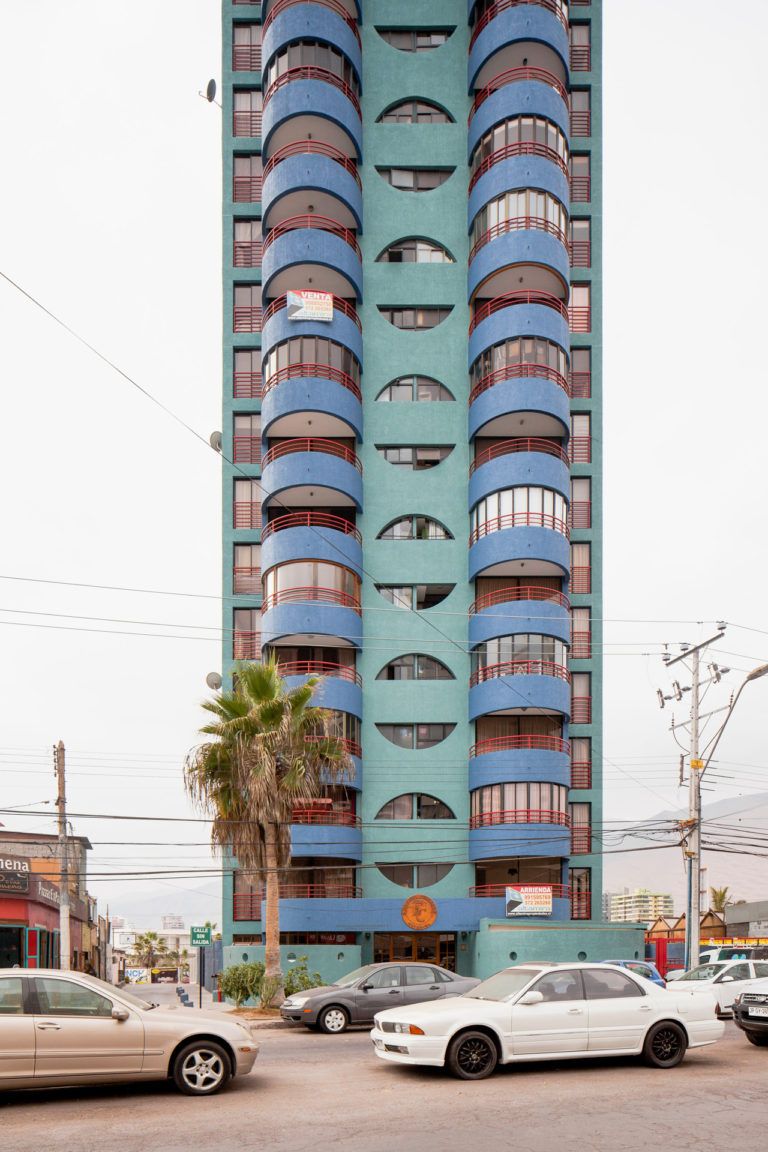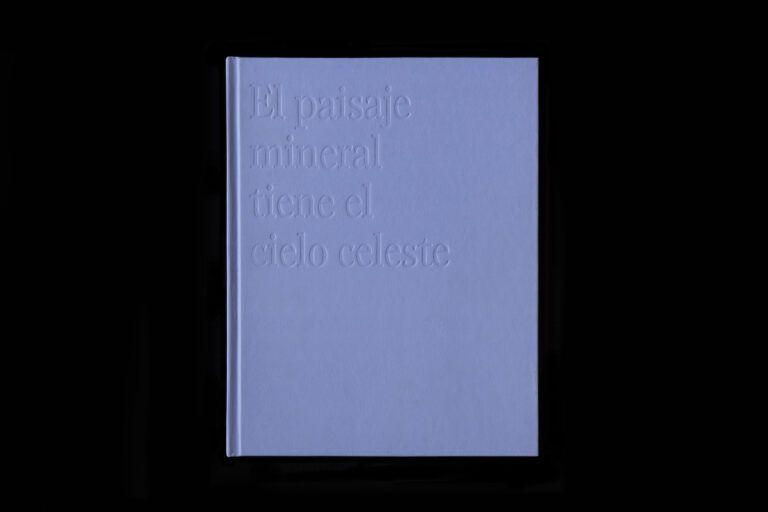Water, Mining and Exodus
This 4-year long-term visual research explores narratives about extractive activities in the Atacama Desert. The project begins to investigate the historical and current environmental and social consequences related to mining in Chile. As time progresses, the project has managed to cover a wide dimension of the territory of northern Chile and Bolivia, to which the discussion around Lithium today joins. The so-called white oil that is raised under the green flag, also comes from an extractive process and that topic should be raised in the conversation observing the present and looking to the future.
The project has been developing from 2015 to the present date. It began as an exploratory journey in order to grant the consolidation of an imaginary to a territory which, according to me, had not been yet defined. I thought of other places in the world that had an associated imaginary, or images that come to us just by mentioning the name of the place, such as the desert of Arizona, London or Tuscany … For me, the Atacama Desert did not have that condition, I felt it as a virgin of the invasion of images. Over time and after several journeys, what began as a journey of random registry started to reveal a much deeper world, a series of traces related to the extractive history of a territory. A history that comes from the past and is constantly repeated until today, as has been the fate of many Latin American territories.
The research began by using as a theoretical basis the implication of the economic model that was implemented in Chile at the beginning of the 1970s, which is based on diminishing the role of the state in favour of granting greater freedom of action of private companies. Today, whether it is the implementation of the neoliberal model at a local level, or the excessive use of resources at a global one, the lack of regulations on extractive matters have strongly affected the territory, its communities and the environment.
The work approaches a period that goes from the saltpetre industry of the XIX century to the contemporary uncertainty that develops around lithium. Called the new “White oil”, its exploitation uses the green banner of sustainability and clean energy to perpetuate the negative consequences of mining in this region.The images seek to re-create an unknown space through an aesthetic with the air of science fiction where extra-planetary activities could occur, yet, everything happens here in the north of Chile. An uncontextualized place but completely real.
Part of this work has had the support and diffusion of different institutions calling for exhibitions and publications in different media (CV). However, today we seek to deepen a more collaborative process in order to raise the issue towards joint platforms beyond photography, such as trans-medial and multidisciplinary teams.
Selected Publications:
NYT Lithium assignment : https://www.nytimes.com/es/2021/12/28/espanol/chile-consitucion-cambio-climatico.html
POY Latam winers: https://poylatam.photoshelter.com/gallery/Marcos-Zegers-2ndo-premio/G0000I_vp6eGt8Vs/C00004d1vAGzqiAw
Artsy Magazine, NYC: https://www.artsy.net/aipad-2019/info/artsy-at-the-fair
Noice Magazine, USA: https://www.noicemagazine.com/interview-and-features/marcos-zegers
The Modern Day Explorer: https://www.themoderndayexplorer.com/journal/mining-and-exodus-atacama-desert
Joia Magazine, Chile: http://joiamagazine.com/lo-mejor-de-pictures-of-the-year-latam-2019-primera-parte/
A-Desk Magazine, Spain. Text by Rodolfo Andaur https://a-desk.org/spotlight/naturales-documentos-y-exodos-sobre-marcos-zegers/
Arch Daily, Text by Belen Maiztegui https://www.plataformaarquitectura.cl/cl/941762/agua-mineria-y-exodo-las-consecuencias-paisajisticas-de-las-actividades-extractivas-en-el-norte-de-chile
Ignant Magazine UK, 2020 https://www.ignant.com/2020/09/21/marcos-zegers-photographs-the-poignant-impact-of-mining-on-chiles-atacama-desert/
